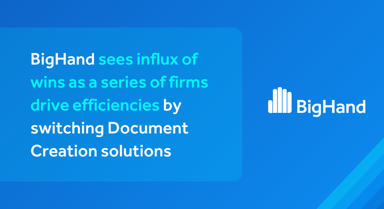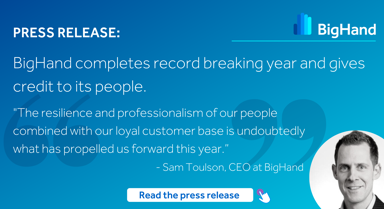“Humans are hard-wired to follow the path of least resistance” and “our brain tricks us into believing the low-hanging fruit really is the ripest” was the conclusion drawn by Dr. Nobuhiro Hagura of University College London. This was the result of a study of 52 people who were asked to determine whether a cloud of dots on a screen were moving to the left or the right and communicate their choice by moving a handle in their left or right hand.
As the researchers gradually increased the effort needed for the participants to communicate which way they thought the dots were moving, they observed that “the judgements about what they [the participants] saw became biased, and they started to avoid the effortful response”. So much so, that “participants were more likely to judge the dots to be moving rightwards as that decision was slightly easier for them to express”, more on this study here.
Although this premise may seem obvious, historically the belief was that the path of least resistance was mostly a choice and preference associated with laziness, as opposed to a core behavior that is hard-wired in our brains. This made me think of a quote that was (incorrectly) credited to Bill Gates which said: “I will always choose a lazy person to do a difficult job because a lazy person will find an easy way to do it!”
When we consider that the path of least resistance can often become a habit, things can get tricky... In the context of our work, once we find the path of least resistance in our workflows and we practice these daily, we form habits that keep us feeling comfortable and productive. Our instinct is typically not to search for alternatives; that is until we come across better options and get those “aha!” moments. The tricky side of this is that whenever we do find those key improvements, it’s not easy for us to change our old habits and form new ones.
So how does this apply to legal documents? From our conversations with attorneys, paralegals, assistant, trainers, and others involved in the legal document creation process, we hear that staff taking the path of least resistance is a challenge for firms, year after year. Legal documents are incredibly important - they are the product that a law firm delivers to their clients, and document quality reflects the firm’s brand, reputation, experience, and success - but all too often, they’re being created from a place of comfort, rather than using best practices in every instance.
Getting documents right by using a “built for the masses” tool like Microsoft Word is challenging. Many of us developed bad habits using this document tool prior to our working lives, and for those in the legal environment, the ongoing crunch to get through as much work as possible makes it hard to find the time or energy to rethink and retrain. The “how should I be creating this document” is quickly trumped by the “how can I create this document, right here, right now”. Unfortunately, the latter does not lend itself well to downstream productivity and efficiency, as it keeps teams of assistants and document specialists busy tidying up time consuming and frustrating issues, which could have easily been avoided.
From a legal document technology perspective, features such as Super Copy, Encore and Quick Launch, and the document formatting, styling and numbering tools offered in BigHand’s Document Creation suite make it easy for anyone to re-use the valuable content, data, and formatting from old documents, and create new legal documents quickly, easily, and correctly.
From a training perspective, introducing good working practices such as starting from the right legal document template with the desired formatting options included, not saving a copy of old documents as a starting point, and using clean content from a library will reduce time downstream. Firms have also seen success with teaching the basics of Microsoft Word in addition to assistance from team members who are well versed in the application to coach those who are less confident.
These challenges can be overcome more quickly and easily than you might think. The expletives that once echoed across office halls as staff battled with their legal documents can be eradicated through a combination of robust technology and training. The shift from “how can I create legal documents” to “how should I create beautiful, consistent and compliant documents” can and should be achieved!
Learn more about BigHand’s Document Creation tools here.






